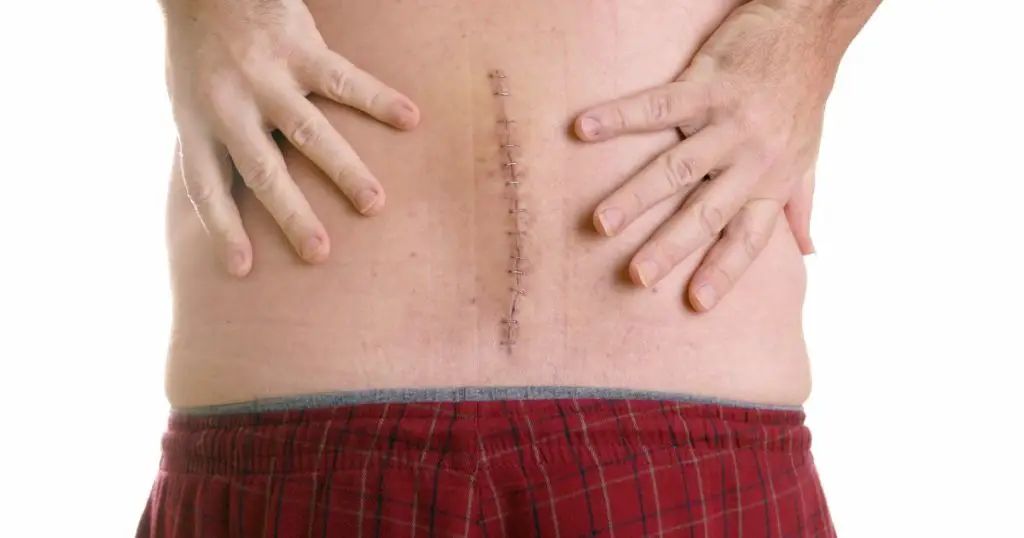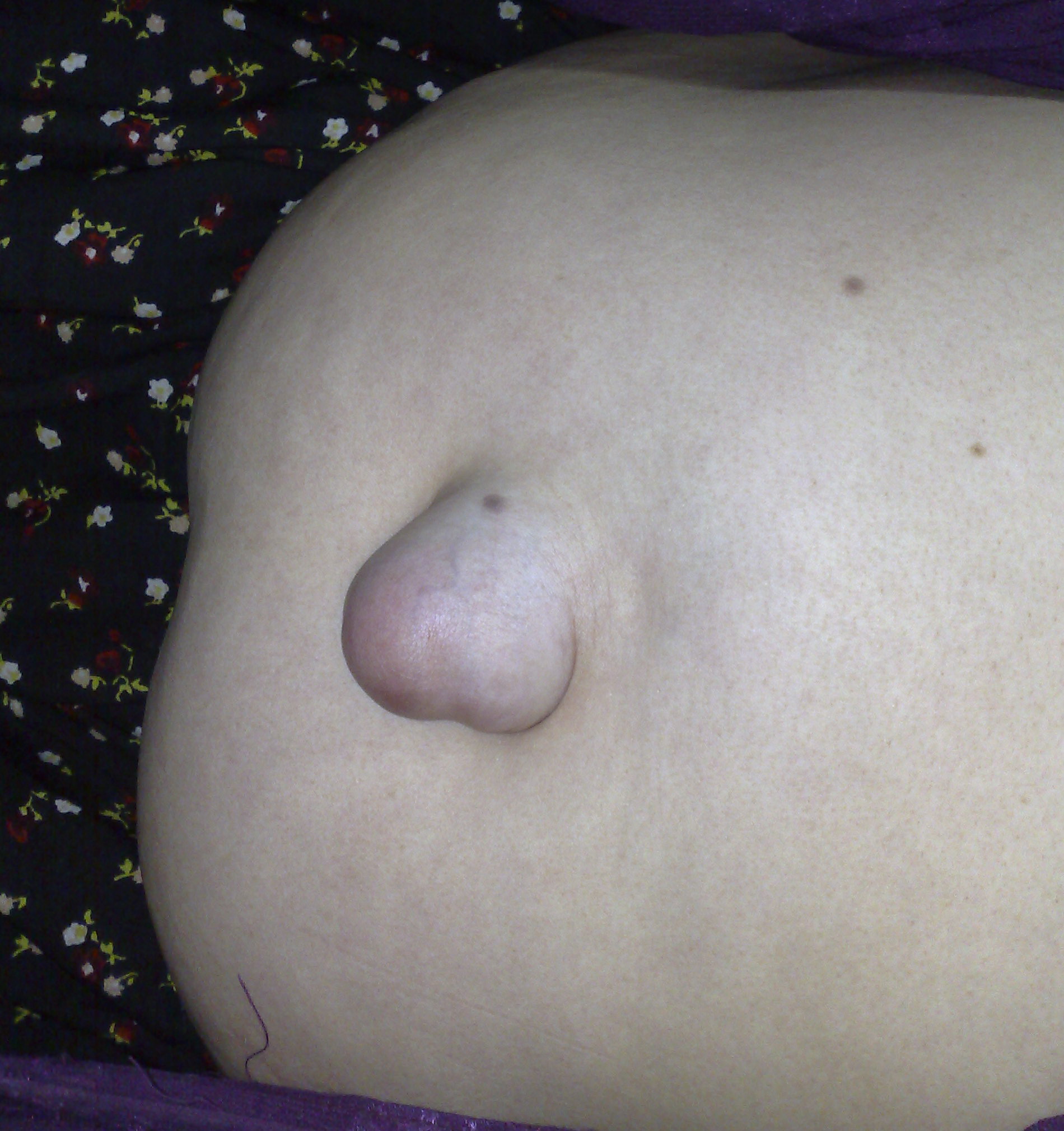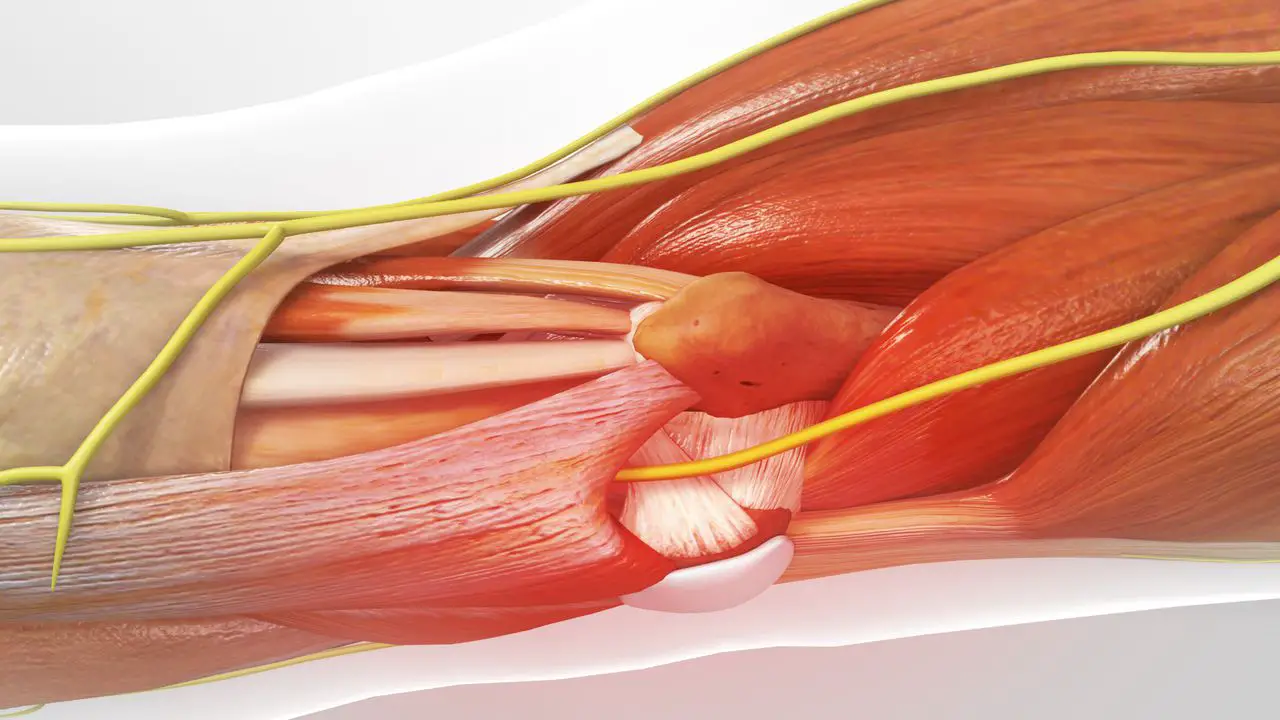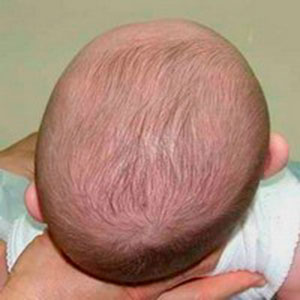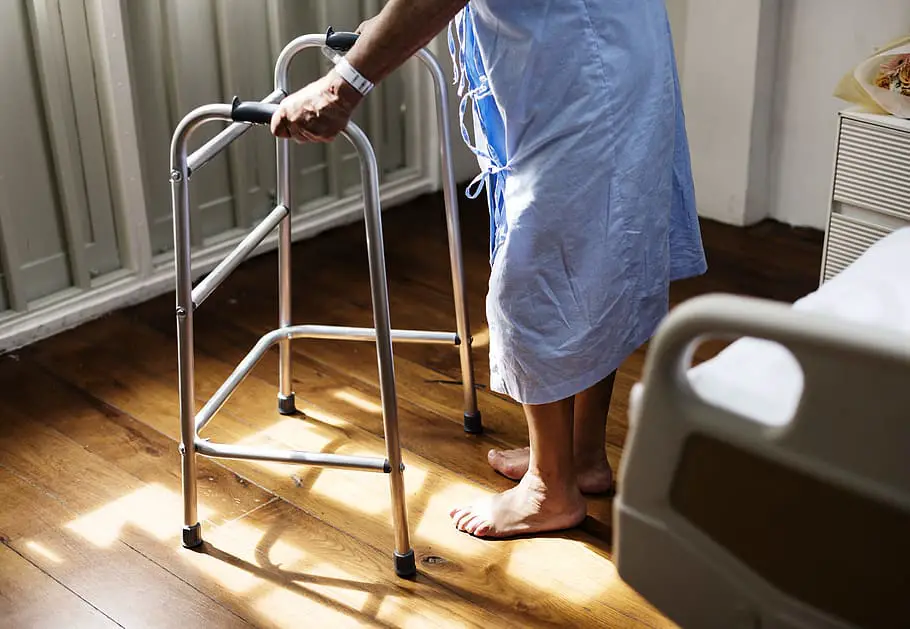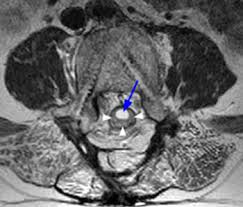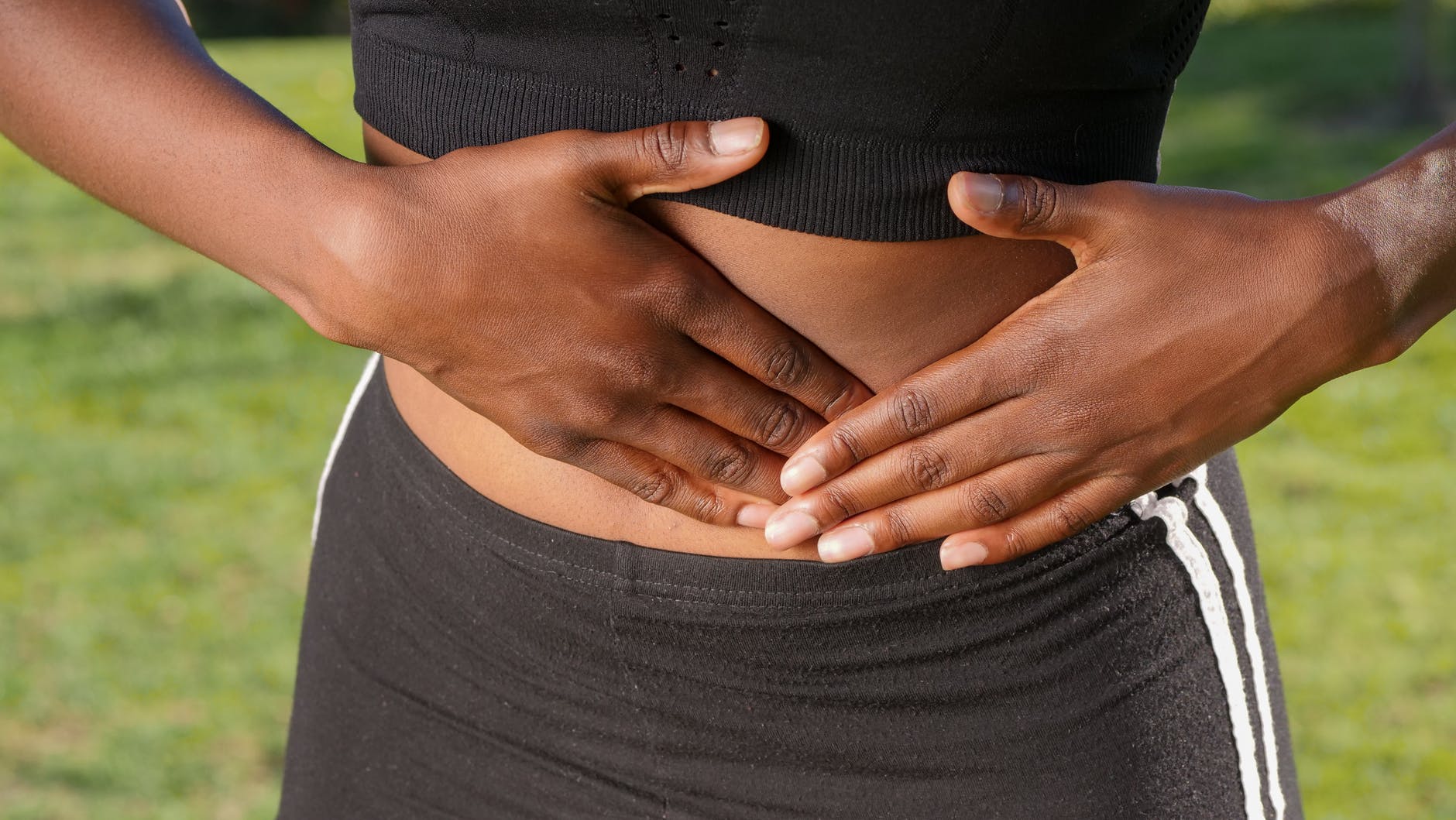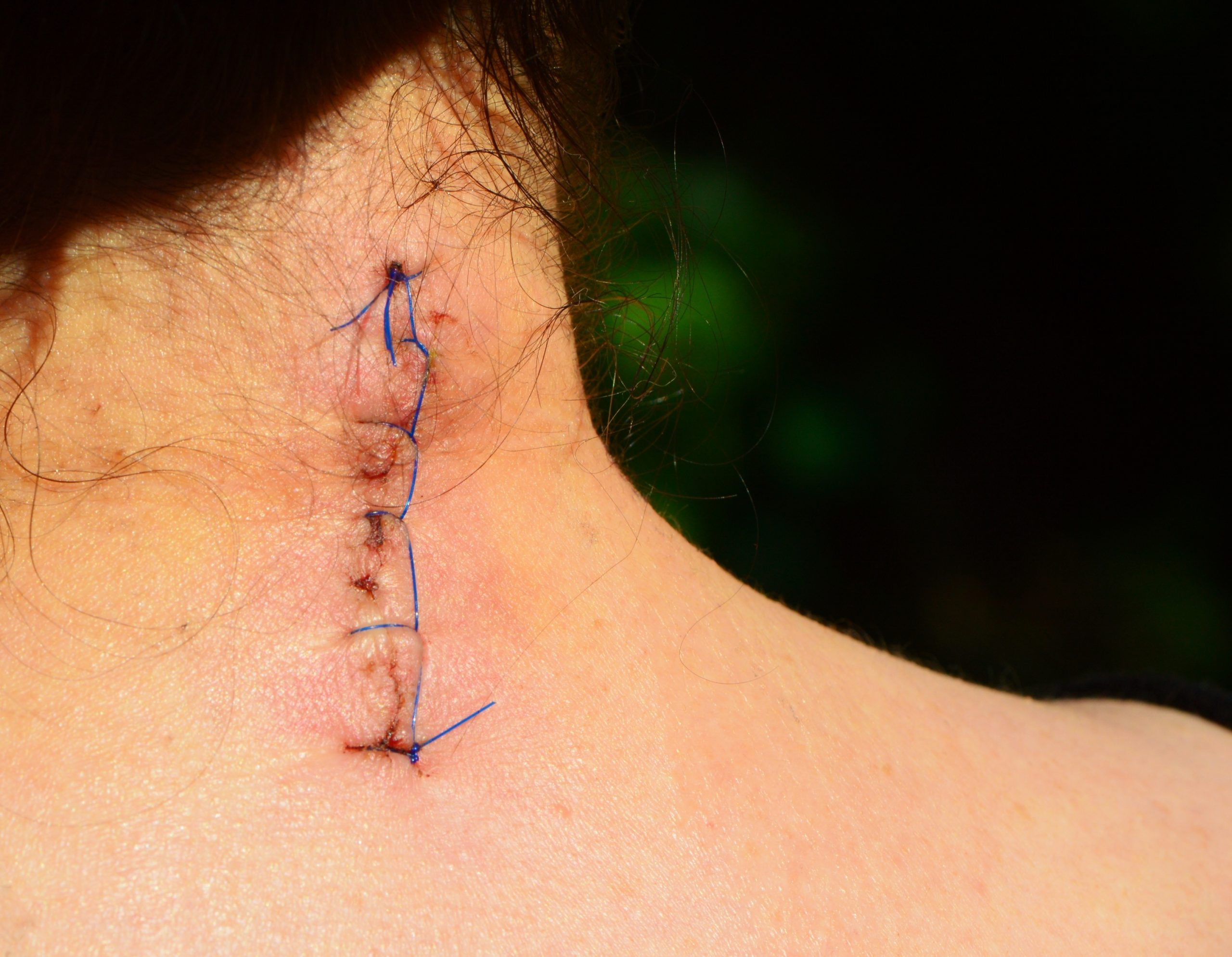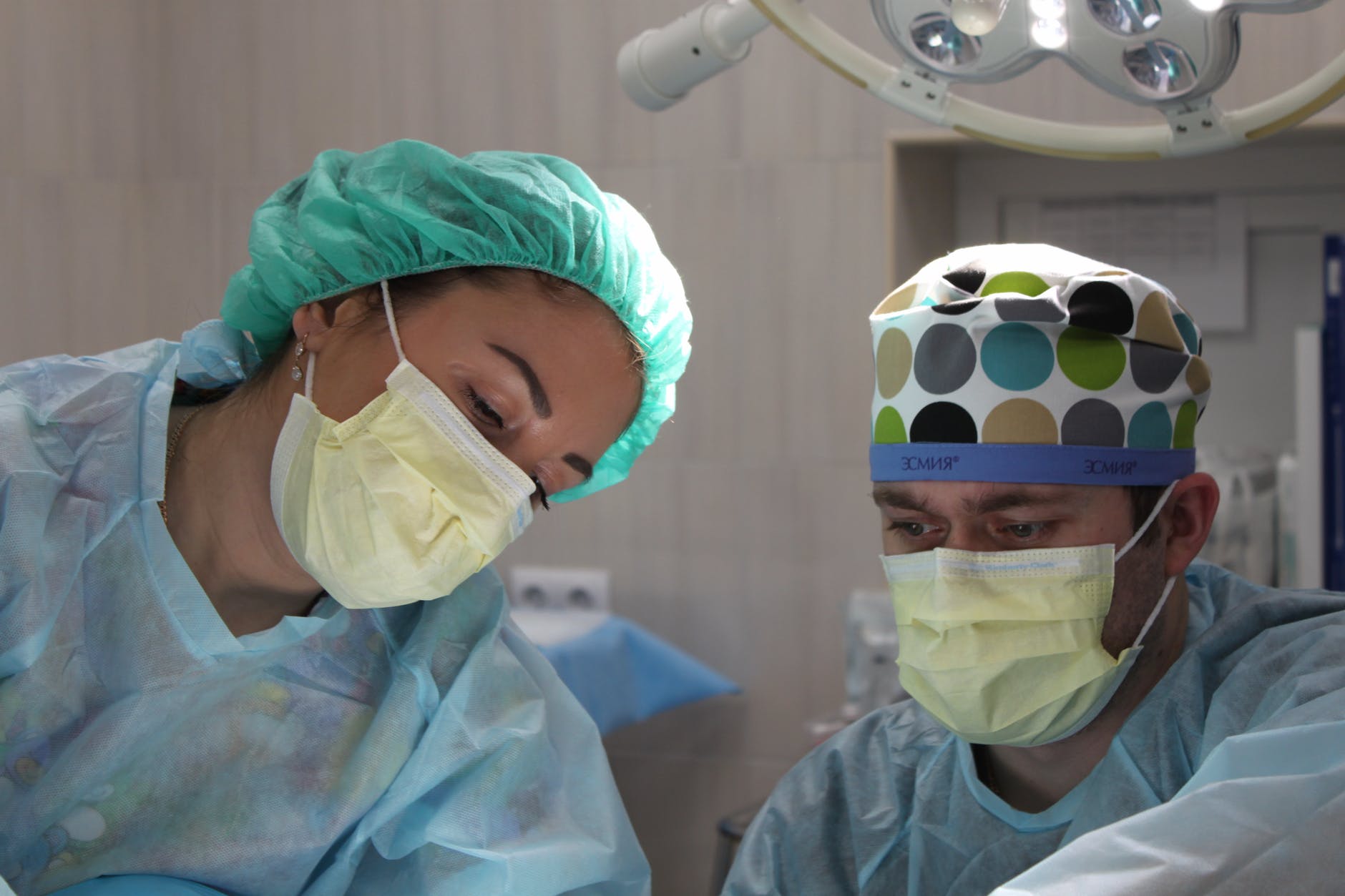Child, teenager, adult… everyone has at least one scar on their body. It happens that some scars are embarrassing, even painful. This may be due to what is called adhesion of scars. Let's find out in this article what scar adhesion is, What are the consequences and how to treat and prevent them.
Definitions of Scar and Adhesions
Scar: what is it?
La scar is a visible trace on the skin. It appears after a burn or an injury, whatever the cause: fall, surgery... In the best of cases, it is only a thin, barely visible line. However, they can also be bothersome and cause itching or pain.
A scar forms when the second layer of skin tissue (the dermis) is affected by a lesion. The skin itself repairs small lesions with new skin cells. It leaves no trace if these lesions only concern the outer layer (the epidermis).
In the event of a deep cut, such as an incision during an operation or an injury related to a shard of glass or a burn, the injury reaches the inner layer of the skin. The body therefore initiates the process of replacing the damaged tissue, hence the scar.
The scar is composed mainly of collagen fibers. It is a human connective tissue protein. It is distinguished from healthy skin by the absence of hair and perspiration. As the melanocytes (cells responsible for skin pigmentation) are also destroyed, the color of a scar is different from that of healthy skin.
There are different types of scars.
- Hypertrophic scars: these are the most common. They are prominent, but are present only on the edges of the wound.
- Atrophic scars: they often follow an acne outbreak and appear as small indentations.
- Sclerotic scars: they are hard and form after a burn.
- Keloid scars: these are scars that extend beyond the edges of the wound. They are the consequences of a genetic predisposition.
What about the adhesion of a scar?
Following surgery, while some scars are benign, others may cause scar adhesions. At the time of healing, a fibrous band is formed. a grip reflects the fact that these fibers connect tissues or organs to each other that are not supposed to be connected. In the event of formation of adhesions, the connective tissue of the scars is no longer endowed with the same flexibility and the same elasticity.
Consequences of scar adhesion
The adhesion of scars can have various consequences:
- pain ;
- stiffness;
- lack of mobility or flexibility;
- decreased healing and innervation.
These consequences may vary depending on the cause and location of the scar.
Scar adhesion following caesarean section
The scar adhesion at the abdominal level is the most delicate. After a caesarean section, the scar can cause significant disturbances in the body.
The abdominal wall will be tense which will hinder abdominal breathing. The patient will therefore be required to perform thoracic breathing, which may be responsible for a chest pain and cervical.
A scar adhesion on the digestive tract or on the surrounding tissues can also restrict the flow of food and lead to constipation, abdominal pain and menstruation disorder. Other problems can also occur:
- functional infertility due to adhesion to the uterus, fallopian tube or ovary;
- solar plexus pain during intercourse or menstruation;
- back and pelvic pain.
Scar adhesion after knee surgery
Whatever the cause, thescar adhesion at the knee can cause joint pain on the foot. The pain can also extend to the pelvis and lower back. A sciatica (pain in the buttock) can also occur in the event of chronicity of the disorders.
Scar adhesion by a muscle tear
A scar adhesion by a muscle tear mainly causes postural imbalance. This increases the risk of tear recurrences.
Muscle imbalance is also an important consequence of scar adhesion. The agonist and antagonist muscles such as the muscles allowing the extension and the flexion of the leg are the most concerned.
By compressing the scar on the vessels, poor circulation is also likely to occur. This can have local or remote repercussions.
Scar adhesion and mastectomy
A scar adhesion after mastectomy (surgical removal of the breast) causes tension in the rib cage. Here are some characteristic signs:
- loss of mobility;
- shoulder pain;
- back and rib pain;
- hard breast feeling;
- poor circulation of blood in the arm;
- neurological signs in the arm (tingling, tingling...).
Scar adhesion and sternotomy
Sternotomy is a surgical procedure which involves opening the thorax through a vertical incision on the sternum. It allows you to reach the heart and the large vessels (aorta). The musculoskeletal sequelae are often rib fractures, sterno-costal dislocation, intercostal neuralgia, joint instability and pseudarthrosis.
Lstereotomy scar adhesion causes tightness in the chest, back pain and difficulty breathing.
Treatment and prevention of scar adhesion
Le treatment of scar adhesions depends on the part of the body concerned and the problems they cause. You may be suggested a new surgery or another option. The new surgery is especially advised when there is a vital risk. The operation will consist of cut and loosen scar adhesions that have formed.
There are also many natural remedies for limit scar adhesions. You can use essential oils or plants. However, this technique requires a lot of patience.
Other natural treatments like physical therapy (physiotherapy) seem more reasonable. This approach is recommended in the context of trauma or surgery. She uses a specialized manual technique adapted to the situation. the physiotherapist will help you reduce discomfort related to scar adhesion. He will perform massages to relax the deep tissues. To work on the scar, he applies a gentle, gradual massage with his fingers.
The consultation of a physiotherapist or an osteopath is recommended as soon as the wound is healed. This must be done 5 to 6 weeks after the operation or trauma. This allows to prevent scar adhesion.
La prevention of scar adhesion consists of performing a small massage once or twice a day for 5 to 10 minutes. The massage should always be done gently and slowly. A scar can remain sensitive, even if it no longer has a wound. Don't forget to moisturize your scar with an alcohol-free and perfume-free lotion. You can also opt for a healing cream.
To conclude, adhesion of scars is a fairly common complication after surgery. Once healing is complete, opting for manual treatments can prevent adhesion and any other complications.

